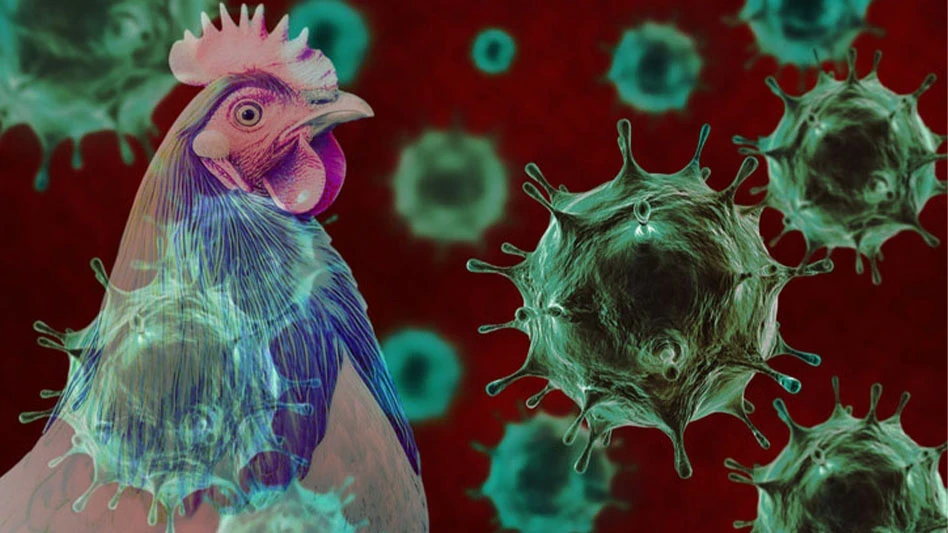Ask any food safety professional to rattle off a list of 5 or 10 “high-risk foods” and they probably won’t have much trouble. There are some types of products and processes that are inherently higher risk, and few in the produce industry would deny that the lack of a kill step increases the inherent vulnerability of many fresh produce items that are eaten raw. Still, stringent food safety practices reduce risk, while poor practices associated with “low-risk” foods have resulted in outbreaks. Why then, should the ability to trace foods be limited to “high-risk” foods?
Over the past year and a half, outbreaks related to fresh produce have called into question the ability of the industry to trace products. In actuality, the traceability of fresh produce is no worse than any other commodity, in my experience. Rather, it’s the reliance on recordkeeping that amplifies the need for records that capture the exact movement of individual shipments, and ideally, individual products. Ill consumers may still have a package of a shelf-stable food in their home; with produce, brand and lot information rarely exists, other than in historical records. Does that constitute being “high risk”?
Section 204 of the Food Safety Modernization Act (FSMA) gives FDA the authority to require companies to keep additional (traceability-related) records for high-risk foods. At first glance, it may seem reasonable to ask only portions of the industry — those that have had issues — to up their game. But upon further evaluation, the concept is fraught with challenges, and the term “high risk” will do more to scare consumers away from healthful products than it will to protect them. Further, FDA and the industry will waste time and energy arguing over the list, at the expense of making true gains in improving traceability.
Risk is based on handling practices, not commodity. If FDA should publish a list of high-risk foods and limit improved traceability to this subset, it will surely become outdated as new outbreak vehicles emerge, and we’ll find ourselves stumbling to trace these “low-risk” items. Congress gave no direction regarding a means to update this list. Once a food is demonized by being designated as high risk, there is no obvious mechanism by which a food can be removed from the list. And even if it is, it will be difficult for consumers to forget. If a commodity were to revert to low risk from a public health standpoint, it doesn’t seem reasonable that the investments made to update and upgrade recordkeeping systems should go by the wayside; that a product or category should no longer be as traceable.
There is also the public perception factor. I can’t think of any situation in which being high risk is a good thing. The term tends to raise concern. Consumers should be encouraged to eat more fresh produce, not dissuaded from it, given its important contributions to a healthy diet. Fresh produce items labeled high risk will incur reputational damage that discourages consumption.
Designating entire commodity groups as high risk would have the additional consequence of dooming efforts by any company included in that designation to demonstrate the safety and reduced risks of their food safety practices. While food safety should never be used as a competitive advantage, companies and industry segments should be encouraged and motivated to continue to evolve their food safety systems.
There is no question that traceability practices within the fresh produce supply chain (and for that matter, across the entire food industry) must rapidly modernize. There are still many paper records and systems that don’t talk to each other. Over a decade ago United Fresh, in collaboration with the U.S. and Canadian produce marketing associations (PMA and CPMA), and later GS1 U.S., launched the Produce Traceability Initiative (PTI), advocating for the use of electronic systems and globally standardized data to provide rapid, accurate traceability information. Today the majority of cases of fresh produce bear a PTI label — but this critical traceability information is not captured with the accuracy and precision needed as produce moves through the supply chain. Because the later points in distribution, retail, and foodservice handle a diversity of food products, which turn over at incredible rates, the use of globally recognized standards and utilization of current technology is key to developing practical solutions that can be readily adopted. If the technology and systems used to capture traceability data improve, rather than disrupt, process flows, then the industry should see the return on investment that makes the high-risk foods list a moot point.
While implementation could be prioritized for certain products or commodities, this can be done without terming these products high risk. The clock is ticking to make an adjustment to the high-risk approach, or at least to this term. As part of a consent decree stemming from a lawsuit brought by a consumer group, FDA has committed to proposing a list of high-risk foods in September 2020. Thankfully, the agency seems open to considering alternate terms that better reflect the situation: fresh produce (and ultimately all food) needs to be traceable from the retail or restaurant location back to the source.

Explore the September October 2019 Issue
Check out more from this issue and find your next story to read.
Latest from Quality Assurance & Food Safety
- Seeding The Future Global Food System Challenge Finalists Revealed
- TraceGains Launches AI-Powered Intelligent Document Processing to Improve Ingredient Safety, Compliance
- IFT Virtual Workshop on Food Fraud Prevention to Address Supply Chain Disruptions
- Penn State Course Covers Fundamentals of Food Science
- Joint FAO/WHO Expert Committee on Food Additives Seeks Experts
- FDA Reschedules Webinar on Updated ‘Healthy’ Claim
- Thousands More Laid Off at FDA, CDC in HHS Restructuring
- USDA Extends Deadline on Request for Information for Poultry Quality Standards






